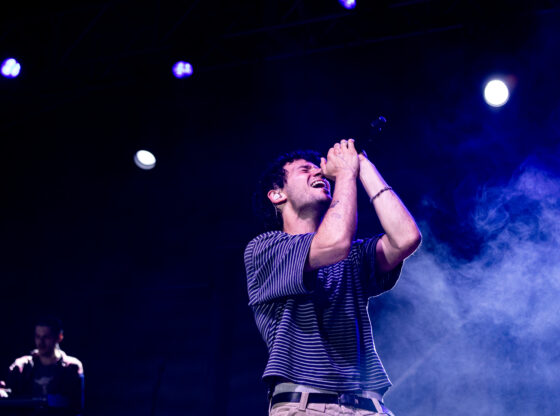After winning Best Motion Picture in the Drama category at the Golden Globes this past Sunday, all eyes were on “1917” as it premiered its nationwide theatrical release on Jan. 9—giving the public a look into this said-to-be monumental piece of work.
The story follows two British soldiers—Corporal William Schofield (George MacKay) and Corporal Tom Blake (Dean-Charles Chapman)—who are given a task to deliver a message to the Second Battalion, ordering a halt on an imminent attack of the German forces. The British command believes that the German “retreat” is a planned ambush that would obliterate 1,600 British troops—Blake’s brother among them. With this time constraint, Blake and Schofield set off, running into the broad dangers of WWI, from snipers to tripwires.
It’s not a ground-breaking war story by any means, but Sam Mendes’s film does boast its continuous “one-take.” “1917” is said to be stitched together to look like one take, making it stand out against a lot of past war films. Getting legendary cinematographer Roger Deakins, who has done work for many acclaimed films like “Blade Runner 2049” and “No Country for Old Men,” was Mendes’s strongest play in making this movie. The camera acts as a fellow soldier, shadowing every move of Schofield and Blake.
What brings this war story to life is our ability as an audience to really see the harsh conditions of this no-man’s land between Germans and the British. As the camera trails the two corporals, we’re forced to view the ravaged landscapes, decaying bodies and terrors of war. It’s so meticulously placed that viewers are in awe of how the camera moves from one scene to the next. In one instance, the camera dangles over the water and then moves up a treacherous muddy hill right alongside Blake and Schofield.
Placed into a time trap along with the soldiers, audiences feel the intensity of the conceivable dangers that could arise at any moment’s notice. The cunning work by Deakins and Mendes is able to evoke such a feeling in a genre that’s been constantly redefined. It’s a revelation in the technical aspects of what the film builds its foundation on.
Although it seems like one continuous take, the longest shot in the film is only about 8 minutes long. With a lot of work and stitching, Deakins, Mendes and the post-production team were able to manipulate the film using light, explosions and close-ups to transition from one scene to the next. With this in mind, it makes sense why the film is being so heavily regarded as a technical wonder—it is.
But for what “1917” accomplishes in technicality, it lacks in other aspects. Mendes seems to have been too focused on the technical works that the story doesn’t have too much heart. A sense of emotional detachment is felt towards any other character except Schofield and Blake because the camera is focused on them the entire time.
War lacks its true brutality because the camera only hints at certain encounters the corporals go through—not anyone else. Rats crawling around the battlefield is the most ghastly thing you’ll see. Everything seems a little fabricated, a little too well-kept for the true horrors of what being on a battlefield looks like.
The fervor that Mendes has to create such a visual beauty stands out in a genre that’s been done hundreds of times. It’s no question that his film-making is impressive; however, “1917” just doesn’t quite reach the pinnacle of story-telling.











